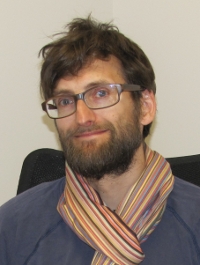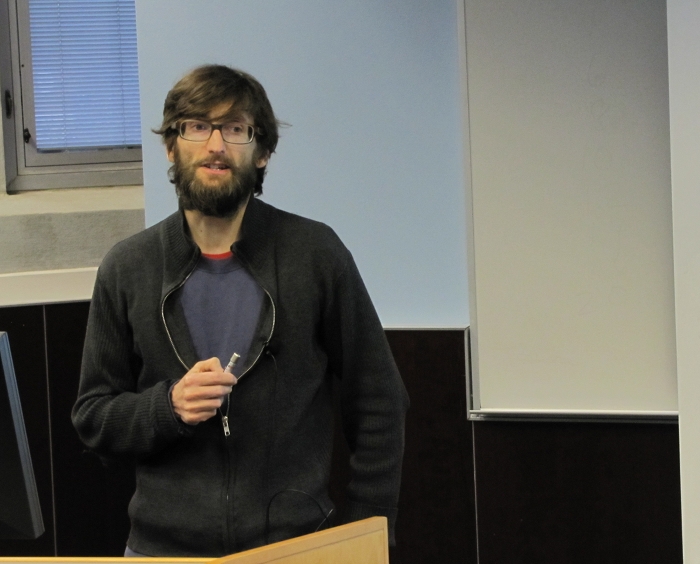NIMBioS Seminar Series
In conjunction with the interdisciplinary activities of the National Institute for Mathematical and Biological Synthesis (NIMBioS), a seminar series on topics in mathematical biology will be hosted at NIMBioS every other Tuesday at 3:30 p.m. (unless otherwise noted) in the Hallam Auditorium, Room 206, Claxton Building, 1122 Volunteer Blvd. Seminar speakers will focus on their research initiatives at the interface of mathematics and many areas of the life sciences. Light refreshments will be served in the 1st floor visitor breakroom beginning 30 minutes before each talk. Faculty and students from across the UT community are welcome to join us.

Time/Date: Tuesday, November 27, 2012, 3:30 p.m.*
Location:
Room 206, Claxton Building, 1122 Volunteer Blvd.
Speaker:
Dr. Matthew Spencer, Quantitative Biology, University of Liverpool;
NIMBioS Sabbatical Fellow
Topic:
Measuring the rate of succession and the growth space of a community
Abstract:
Succession can be defined as directional change in the composition of a community, where composition is the set of relative abundances of all species (non-negative numbers that sum to 1). There are many statements in the ecological literature about rates of succession and how they might be affected by changes in the environment. However, although measures of the rate of succession which could be used to evaluate such statements have been proposed, these existing measures do not make ecological sense. Consideration of Maguire's extension of Hutchinson's niche concept leads to the idea that a population will grow exponentially if its environment is not changing in any way that matters to individuals. Hence, if the environment is not changing in a way that matters to any species in a community, each species will grow exponentially at a species-specific rate. A measure of rate of succession should be constant in such cases, but existing measures are not. I derive a new measure which behaves in the required way, and is based on the sum of squared differences in growth rates among species. Geometrically, the set of growth rates for all species in a community can be represented as a point in a real space called the growth space. I will describe some of the properties of the growth space.
*Join us for refreshments at 3 p.m. in the 1st floor visitor breakroom.
Seminar Flyer (pdf)
For more information about this and other NIMBioS Seminars, visit /seminars.

NIMBioS
1122 Volunteer Blvd., Suite 106
University of Tennessee
Knoxville,
TN 37996-3410
PH: (865) 974-9334
FAX: (865) 974-9461
Contact NIMBioS


